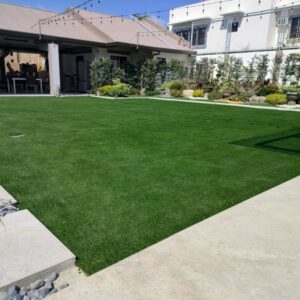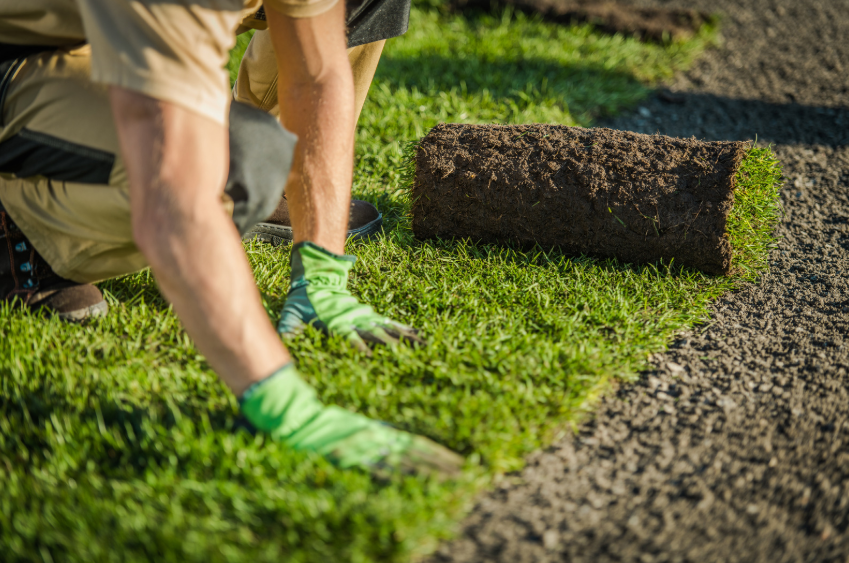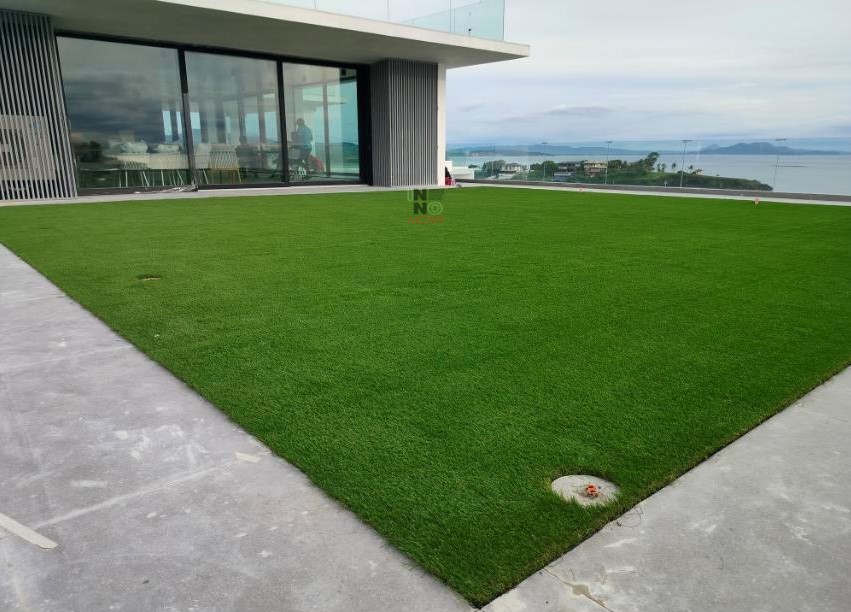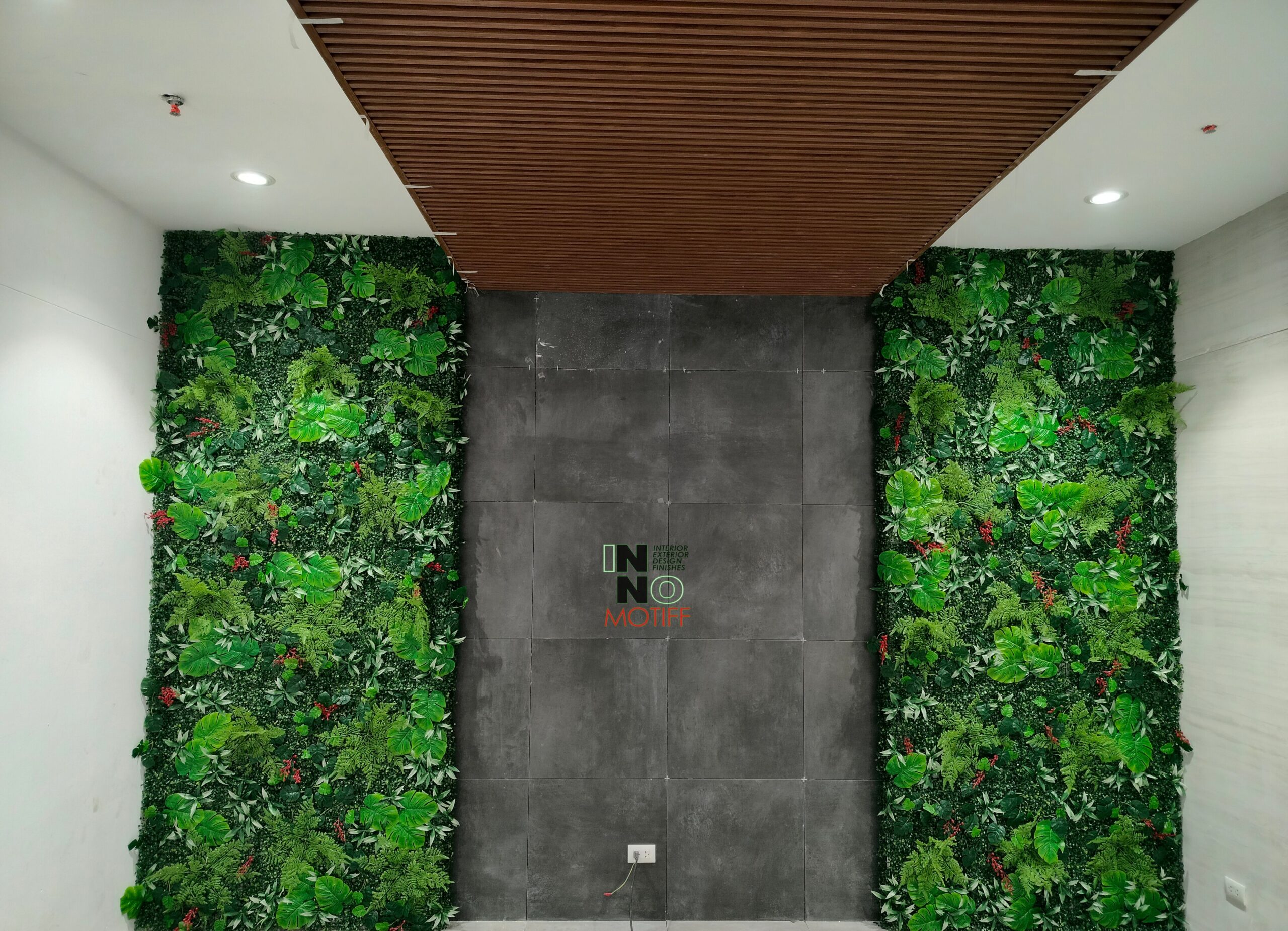
Artificial Grass Solution Provider in San Juan: Quality Turf for Rooftops, Patios, and Gardens
Maintaining a lush, green lawn in San Juan can be

Turf quality is essential for any lawn, sports field, or landscaped area. Whether you’re managing a residential garden, a golf course, or a professional sports field, maintaining healthy turf is crucial for aesthetic appeal and functionality. Proper Field Maintenance & Turf Management practices can significantly improve the quality of your turf, and two key processes that stand out are soil analysis and aerification. These practices work hand in hand to address common issues like soil compaction, nutrient imbalances, and poor grass growth, ensuring that your turf thrives year-round.
Turf quality refers to the appearance, texture, and overall health of the grass covering a given area. It plays a vital role in the visual appeal and usability of spaces such as sports fields, golf courses, and home lawns. High-quality turf can prevent soil erosion, provide a safe playing surface, and enhance the overall aesthetics of the area. Effective Field Maintenance & Turf Management ensures that the grass remains dense, lush, and vibrant, which can improve the overall functionality of your space. Healthy turf also contributes to environmental benefits such as carbon sequestration and water filtration.
Soil analysis is a critical aspect of Field Maintenance & Turf Management, as it helps determine the health of the soil that supports your turf. A comprehensive soil test measures various factors such as pH, nutrient levels (nitrogen, phosphorus, potassium), and soil texture, which all play a crucial role in the growth and development of grass. Without proper soil analysis, it is difficult to determine whether your turf is getting the right nutrients and whether there are any underlying issues like compacted soil or imbalanced pH levels. By conducting regular soil tests, you can identify nutrient deficiencies or toxicities and adjust your turf management practices accordingly, leading to healthier and more resilient grass.
Aerification, or core aeration, is a process that involves creating small holes in the soil to allow better air, water, and nutrient movement to the root zone. This is an important practice in Field Maintenance & Turf Management, especially in areas with heavy foot traffic or clay-heavy soils. Aerification helps alleviate soil compaction, which can hinder root growth and water absorption. When aerification is performed correctly, it improves turf quality by promoting deep root development, better nutrient uptake, and improved water infiltration. This results in a denser, more resilient lawn or playing field, ideal for sports activities or aesthetic enjoyment.
The combination of soil analysis and aerification is a powerful approach in Field Maintenance & Turf Management. Soil testing provides crucial information about the soil’s nutrient content and structure, which can guide the timing and effectiveness of aerification. For example, if a soil test reveals a high pH, lime may need to be added before aerating. Aerification creates the perfect environment for soil amendments, like fertilizers and lime, to penetrate deeper into the soil. Together, these practices address both surface and subsurface issues, improving overall turf health and leading to stronger, more sustainable grass growth.
In addition to soil analysis and aerification, there are other key practices that complement Field Maintenance & Turf Management. Proper watering, mowing, and overseeding are essential to ensuring that your turf stays healthy and vibrant. Watering deeply and infrequently encourages deep root growth, while mowing at the correct height helps the turf retain moisture and resist stress. Overseeding during the right seasons can introduce new grass varieties that are better suited to your local climate conditions. To further promote turf health, consider using organic or eco-friendly fertilizers, which can provide long-term benefits without harming the environment. Lastly, be proactive in recognizing common turf diseases and pests, and treat them promptly to avoid long-term damage.
Soil analysis and aerification are two foundational practices in Field Maintenance & Turf Management that can significantly enhance the quality of your turf. Whether you’re maintaining a residential lawn or managing a sports field, these techniques address common challenges such as soil compaction, poor nutrient availability, and shallow root systems. By regularly testing your soil and aerating your turf, you can create an optimal environment for grass growth, ensuring that your lawn or field remains healthy, resilient, and beautiful. Take the necessary steps today and invest in these essential practices for long-lasting turf quality.
FAQs

Maintaining a lush, green lawn in San Juan can be

Walls are more than structural elements; they set the tone

Urban living in Pasay presents unique challenges for landscaping. Limited

Modern interior design emphasizes creativity, functionality, and a sense of

Modern interior design trends in Mandaluyong emphasize creativity, texture, and

Maintaining a lush and vibrant lawn in Navotas can be

Yarn woven covers are becoming a preferred choice for homeowners,

Finding a reliable artificial plant supplier near me can make

Maintaining a beautiful green lawn in the Philippines can be

Bringing greenery into homes, offices, or commercial spaces has never